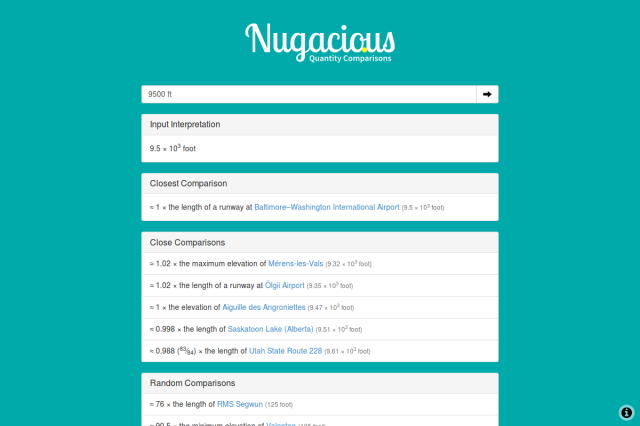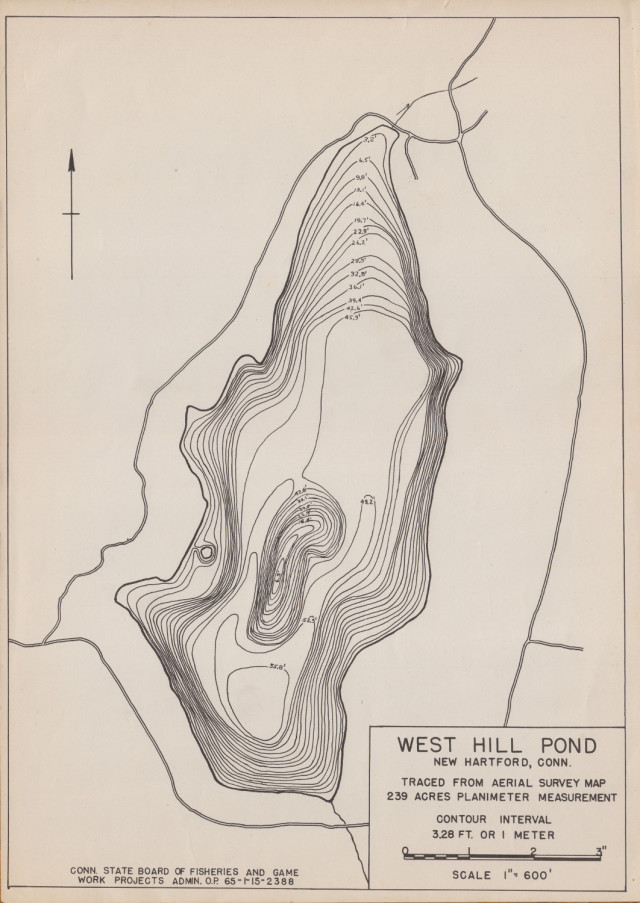Yesterday, a paper was published in Science on the creation of new, higher resolution maps of the ocean floor using gravity anomaly data collected via satellite. The authors write, “at scales smaller than 200 km, variations in marine gravity primarily reflect sea-floor topography.” Since rock has a different density than water, precise gravity measurements allow for an estimation of ocean depth. One of my first thoughts was to use this data in a map.
The authors provide their data for download; however, it is provided as GMT grid files, which are apparently common for oceanography research, instead of something more standard for GIS such as GeoTIFF. Using GMT, I was able to convert the data to the GDAL supported NetCDF format, although I had to reencode the file with CDO before GDAL would handle it. Using GDAL, I then reprojected the data in EPSG:3857, converted it from floating point to integer, and created a GeoTIFF file to be more friendly to web mapping applications.
Continue reading


